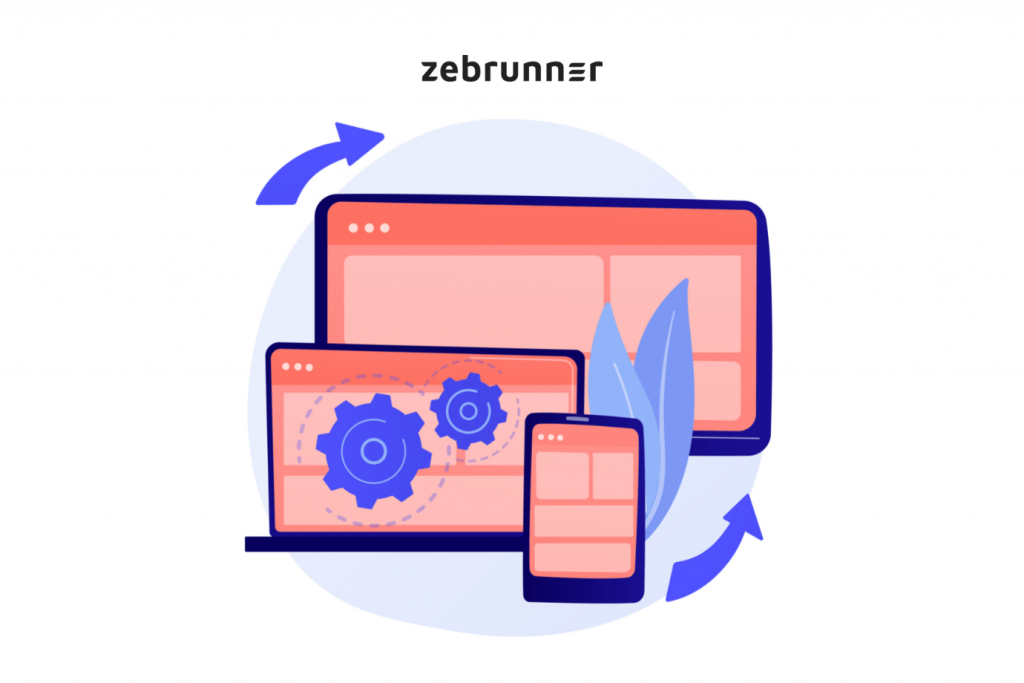Have you ever tried to open a website using Safari, but it didn’t work, and then the same site was easily opened in Chrome? Or have you ever noticed that the app didn’t work correctly on your device but your colleague or a friend could use it seamlessly? Luckily, there is a possibility to avoid such issues thanks to compatibility testing.
A Short Introduction To Compatibility Testing
Compatibility testing is a type of non-functional testing, the main purpose of which is to check the correct operation of the product on various hardware, operating systems, network environments, browsers, or mobile devices. Moreover, multiple versions, resolutions as well as internet speeds & configurations influence the app’s proper functioning. Thus, it is crucial to test the app in all possible ways to lower crashes and avoid bug leakage.
Major Types Of Compatibility Testing
- Cross-platform website testing. Some functions may have problems with certain operating systems, so it is necessary to check the performance of the application in various versions of Windows, Mac, Linux, Unix, etc.
- Cross-browser website testing. There are many different browsers with millions of users for each one. Therefore, when creating a website or web application, it is important to check its compatibility with all different browsers to ensure the same visual part, accessibility, functionality, and design in all browsers (Chrome, Safari, Edge, Firefox, etc.) & their versions. It is necessary to verify scalability, extensibility, and frames for elements in focus. And the best and most convenient way to do this is to use Сross-browser testing tool to test your software on all possible combinations with extreme speed.
- View on mobile devices. Despite checking the operation of web applications in various resolutions on a laptop, errors on mobile devices often go unnoticed. Therefore, it is strongly recommended to test the correct display and functioning of your web app on different mobile devices and their platforms (Android, IOS), as well as on tablets.
- DB testing. It is necessary to verify the correct communication with the server, and test the compatibility of the server with software, hardware, database & network. You also have to determine what happens when an action is interrupted when you reconnect to the server during the performance.
- Network testing. It is required to assess the functioning of your app in different networks (4G, 5G and Wi-Fi) with various variables such as bandwidth, operating speed & capacity.
- Hardware testing. It is crucial to verify the compatibility of the product with hardware configurations: with diverse sizes of random access memory, read-only memory, processor, hard disk, etc.
- Software testing. Evaluates the performance of the application with the other software.
- Version inspection. There are two major types. Backward compatibility testing verifies the compatibility of the developed software or hardware with the older versions. Forward compatibility testing, a more complex type, checks the compatibility of the developed software or hardware with the newer versions.
Key Benefits Of Compatibility Testing
Compatibility testing is of a great importance because it validates the successful functioning of the product on all platforms, guaranteeing that each user has a positive experience apart from the environment it uses.
Some of the main benefits of compatibility testing:
- makes sure that the developed software works under all possible conditions
- validates that the app meets all business requirements
- allows to detect bugs prior to final release
- ensures that the quality has improved
- helps to prevent client complaints in the future
- improves the development process
- Identifies product stability, scalability & usability
How To Perform Successful Compatibility Testing
Compatibility testing can be implemented manually or with automated tools according to requirements. The compatibility testing procedure consists of 4 stages. Before proceeding with the process, ensure that the platforms and environments for testing are already determined.
- Developing test cases
During this phase, the team creates a number of test cases and defines configurations. It is recommended to draw a drawing of the environment, software & hardware to determine the expected behavior of the product. The testers should be experienced and have the deep knowledge to detect even small changes in results.
- Creating the environment
After generating the necessary test cases, testers set up the environment in which the software’s compatibility will be tested and validated.
- Executing tests & analyzing the results
As soon as the environments are set up, it’s time to run tests & interpret the results. If the bug was detected it should be reported.
- Fixing bugs & retesting
After the report is submitted, the responsible body will check it and the team will resolve the issues. The software will then be retested to make sure that all the errors are fixed. Using Zebrunner Testing Platform you can facilitate the issue-detecting & resolving process as well as promptly enhance the product quality.
Follow Techiemag for more!
